How to Solve a Waterlogged Garden
If your lawn or garden ends up getting flooded after significant rainfall, or water is draining very slowly, it’s best to do something about it.
This is referred to as waterlogging, and can result in numerous issues, such as moss, algae, fungi and various kinds of damage.
In the following chapters, we discuss ways to deal with a waterlogged garden to improve the situation with your lawn and prevent problems from escalating.
Article Chapters
What is a Waterlogged Lawn?
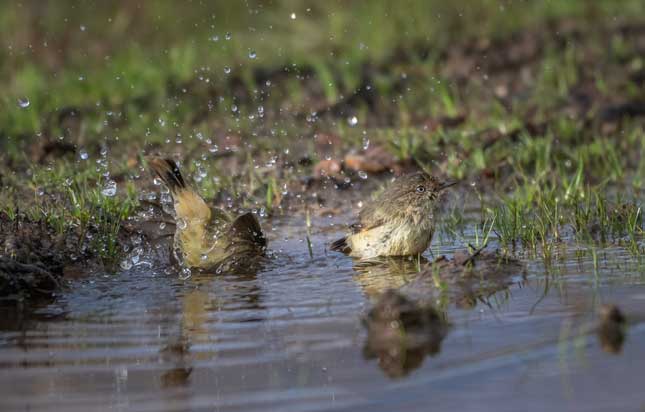
Image cedit: Pixabay
After heavy rain, lawns and gardens that have dense or compacted soil tend to get waterlogged.
In simple terms, instead of soaking in, the rainwater sits on the surface of the lawn since it’s hard for it to drain through the soil.
Consequently, a waterlogged lawn is the end result.
When water saturates the soil, the air within travels to the surface to escape.
Obviously, the soil cannot be healthy in this case since the roots require oxygen in order to live.
While grass may manage to survive for a few days with little oxygen, after a while it will start to turn yellow and eventually die.
Signs of Waterlogging
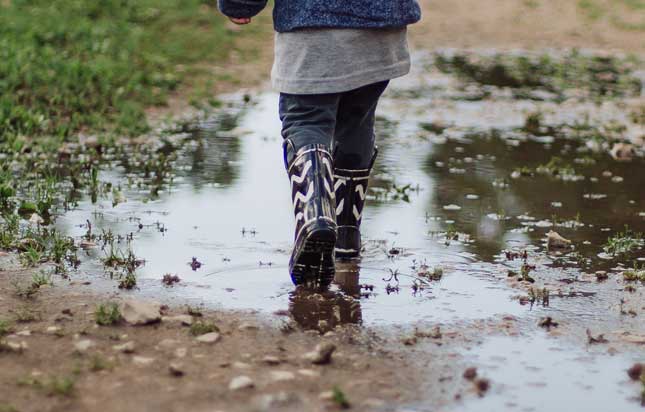
Image credit: Unsplash
Waterlogged lawns are either partially or fully covered with water.
However, in some cases, a lawn may not be visibly saturated, and so one will not realise that it’s prone to becoming waterlogged.
A sign that a lawn may be waterlogged is if it’s squelchy to walk on.
Puddled soil will form close to the surface and it’s hard to walk on it as it is sticky.
Moss growth is another sign.
You may wish to check the grass blades to see if they are yellowish.
This is a clear indication that the lawn is in need of more oxygen.
Causes of Waterlogging
Waterlogging is generally caused where there is heavy or compacted soil.
Compacted soil is generally the result of heavy machinery or traffic.
Clay soil is also prone to waterlogging since it’s dense and drains poorly.
Another cause of waterlogging is if there has been poor soil preparation prior to creating the lawn.
For example, back when the house was built, the subsoil and topsoil could have been mixed together, resulting in more compacted soil.
Chances are that the garden was built over a water-retentive layer.
This is quite common in the UK.
Moreover, any uneven surfaces will lead to puddles as it will be harder for the water to drain away.
Another cause of waterlogging is when the natural groundwater beneath the garden is too high to allow for easy drainage.
Gardens that are located at the bottom of a hill or on low elevations are more prone to waterlogging.
When a garden has a paved driveway or patio, or some other kind of impermeable surface, it could interfere with the water draining away.
You may also wish to check whether your garden might be getting waterlogged due to a neighbouring property with a drainage system that may be diverting water in your direction.
It’s also a good idea to check that gutters are not blocked, and if there are any outbuildings and sheds which do not have any guttering as these could aggravate the problem.
Problems Caused by Waterlogging
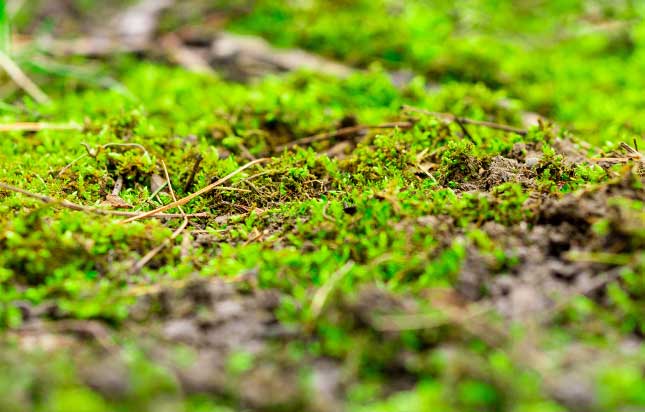
Image credit: Unsplash
Waterlogging can lead to various kinds of problems and issues, including:
Moss Growth
This is even more problematic if the soil has a low pH and if the garden is shady.
Algae, Lichens & Liverworts
These are known to thrive in areas which are waterlogged. Naturally these affect the appearance of the lawn as well as end up blocking light from reaching the grass.
Bare Patches
These may result as coarse grass species may start to grow, and weeds may then start to emerge.
Clumps of Rushes
They may seed themselves in waterlogged lawns due to the damp conditions, and eventually form to tussocks.
Rot
Root rot and diseases in trees and plants can often occur.
Waterlogged gardens can lead to problems associated with dampness, including high levels of damp in your property, and damage to masonry and brickwork.
How to Check for Waterlogging
Prior to investing time, effort and money on drainage solutions, it’s a good idea to check whether the garden has indeed poor water drainage.
The following is an easy way to do this.
- Dig a hole in the soil. It should be about 60cm deep.
- Then fill it up with water and leave it for 4 hours.
- Check whether there is still water in the hole once the 4 hours have elapsed. If this is the case, then it is a sign that you need to do something to improve the drainage.
How to Prevent Waterlogging
Aeration
Aeration is an important way to prevent waterlogging.
By proper aeration the lawn can have improved drainage.
This will add air in the soil, thereby improving the conditions for the grass roots to be healthy and grow.
Aerating a lawn involves spiking it with a garden fork or using aerator shoes.
A hollow tine aerator is also commonly used.
The choice depends mainly on the type of soil and the level of waterlogging you’re dealing with.
Since some soil will be removed (generally between 10 and 15 cm depth), there will be room to fill with horticultural sharp sand.
This helps to keep the soil looser, while also drawing out the moisture present.
As a result the lawn will be able to recover more quickly.
Regular aeration is recommended, especially throughout spring and summer as it helps to reduce the compaction of the soil, and thus minimises waterlogging in the following autumn and winter seasons.
Moss Killer & Fertiliser
When there is wet soil, or dead patches of grass, moss will thrive.
It is thus best to use a moss killer to prevent it from growing too much.
Fertiliser can be used on a lawn during the spring season as it will help grass to recover from the preceding wet winter months.
The fertiliser is also beneficial for the grass root system to have a stronger network.
This can help to reduce waterlogging.
Dig a French Drain
Digging a French drain is considered to be one of the best ways to deal with severe waterlogging.
Having said that, heavy machinery is often necessary and so a professional will need to be hired.
A French drain can help the surface water to run away from the area.
New top soil and turf can then be laid to further improve the results obtained.
Dig a Ditch
Another way to prevent waterlogging is to dig a ditch.
Having said that, this is not ideal for all gardens and lawns.
A ditch will need to be dug out at the lowest point in order to help the water to run away and sit elsewhere where it will not do damage.
However, a ditch is only practical if the garden is not too small.
Ditches are often used in larger gardens, or when it is possible to make features out of it, such as turning it into a garden pond.
Build Permeable Pathways
Permeable pathways allow water to soak in more easily.
This can thus help to prevent the water from running off onto the grass.
Good permeable pathways include those made from shingle or bark.
Over Seeding
Another option is to seed the lawn during the spring and summer.
This can be done both where the grass is thick as well as on any bare areas.
This method will help to keep moss from growing, as well as lead to a lawn with thicker grass resulting from a more complex root structure.
This will help to absorb more water during rainy months.
It is recommended to choose a grass seed that has a good resilience to damp roots since it will lead to better results.
Harvest Rainwater
Collecting rainwater in key places can help to stop excess water from making its way into the lawn or garden.
So you may wish to use a water butt for sheds or roofs where there is no drain for the water to go into.
The water collected by such butts can then be repurposed, such as by using it for watering plants or washing cars.
Should the water level get too high, you can drain it out and pour it in the drain so as to prevent overflowing and ending up soaking the grass.
Alternatively, you could install a full rainwater harvesting system using large underground tanks which will store water for repurposing.
Remove & Replace the Soil
This may not be the most ideal option as it requires time and effort, as well as a considerable cost in some cases.
However, if waterlogging is proving to be very problematic, it is the best option.
The soil probably has a high concentration of clay, and so if you remove it and replace it with fresh soil instead, it will be the best way forward.
You may wish to install one or more French drains too to improve the results.
New turf can be laid on the new soil as well.
Install a Drainage System
Installing an effective drainage system is one of the best ways to prevent waterlogging.
You will need to consider where the water will go.
This could be a soakaway, a nearby ditch or drain, or a water attenuation tank.
Such drainage solutions can prevent standing water and reduce issues which result from it.
It’s not that simple to shed away excess water.
In cases where severe waterlogging is common, it’s generally best to strip off the old turf, dig up the area, and incorporate organic matter to improve the drainage.
Finish up by raking and leveling, and cover it all up with at least 5 cm of sharp sand.
Finally, lay turf on top.
Conclusion
Waterlogging can be quite a problem, but there are various ways to deal with it.
Nobody likes a garden that’s flooded, or full of moss and algae.
Hence it’s best to be aware of possible methods to improve the situation.
Generally late autumn and winter are the best times to act.
While certain methods might not be sufficiently effective, it’s always worth trying before opting for more extensive options.
Do not give up!
Your garden or lawn can flourish with plants and healthy grass rather than remain flooded like a swamp.

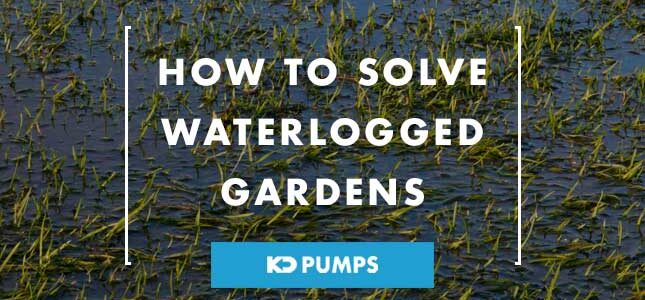
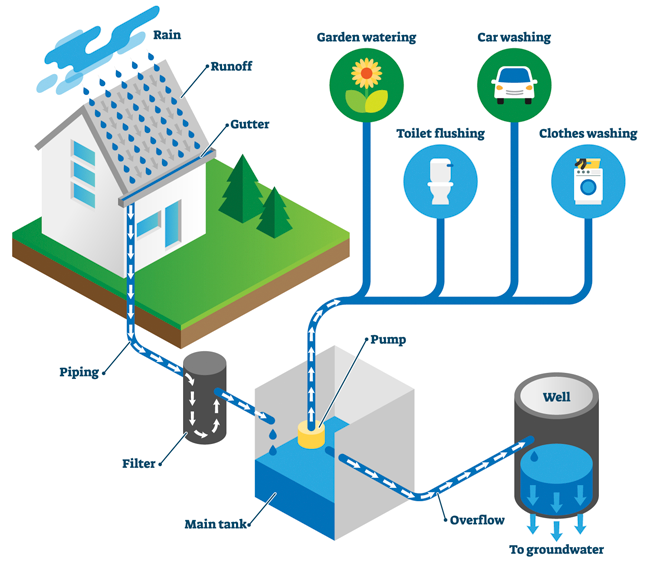
Comments are closed.